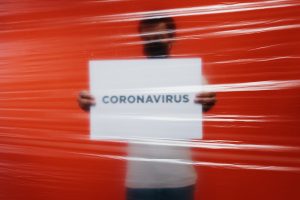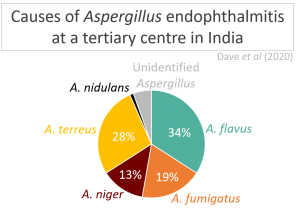Submitted by Aspergillus Administrator on 28 July 2010
 It has been announced in the business media that a US company (Universal Detection Technology) have developed a device that will identify several Aspergillus species and several other fungi by detecting them in the home environment.
It has been announced in the business media that a US company (Universal Detection Technology) have developed a device that will identify several Aspergillus species and several other fungi by detecting them in the home environment.
There isn’t much detail given about this device so far other than it being based on the same technology that the company use in devices intended to detect chemical hazards. Immunochromatography is a commonly used technology when specific proteins need to be detected quickly and reliably by unskilled operators in the home e.g. many pregnancy testing kits use similar technology.
This suggests that samples will have to be taken, extracted into a liquid which can then be run through the device. Most likely a swab of a mouldy area will be washed into a solution and drops of that solution applied to the device.
The manufacturers claim that the device can identify the most harmful species of Aspergillus, Penicillium and Stachybotrys.Up to now this type of information has only been possible to obtain using the services of a specialist company, so it is easy to see that this device could offer a cheaper alternative to that form of testing – though no price for this device is available yet so we don’t know how cheap it might be.
If proven to be true this could be a very useful way to identify what fungi are growing in a building, however my first impression is that it won’t tell you much about how much of each fungus is present.
These devices are usually very sensitive, which is great when you are trying to detect tiny amounts of protein in a fluid, but we all live in houses that have small amounts of fungi circulating within them and settling on surfaces in the form of spores. This is harmless to most of us, so if this device shows up a positive result for these tiny amounts of fungi it isn’t really differentiating between harmful levels of fungi and relatively normal, safe levels of fungi.
Likewise the device is unlikely to be able to indicate whether or not that fungus is producing toxins.The presence of a fungus does not necessarily indicate the presence of a toxin, so again we cannot correlate what this device is telling us with the effect that the fungi might have on our health.
Overall this looks like a potentially useful device, but it may well need a lot of supporting advice to interpret the result effectively.
News archives
-
Title
Date


